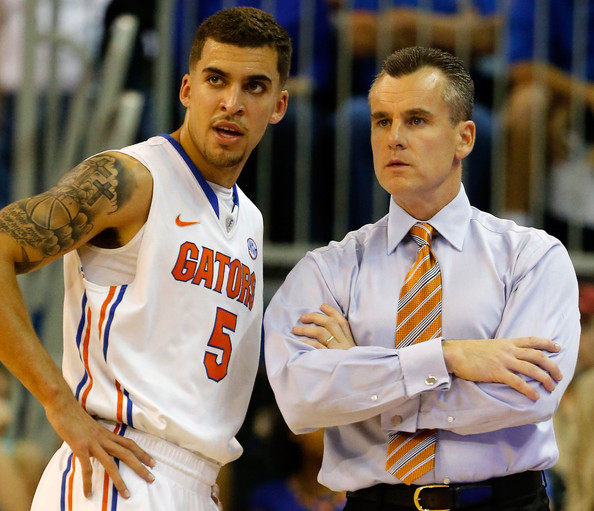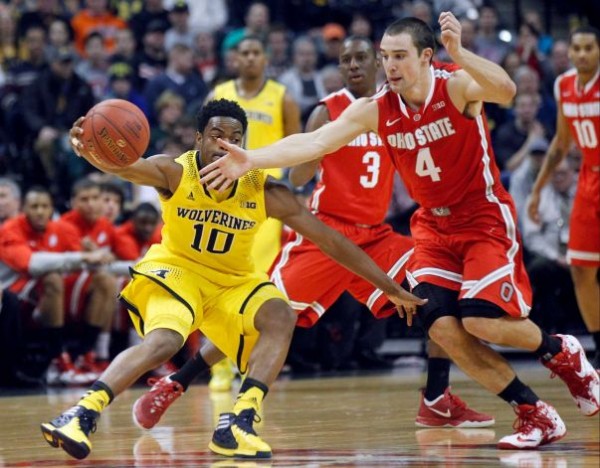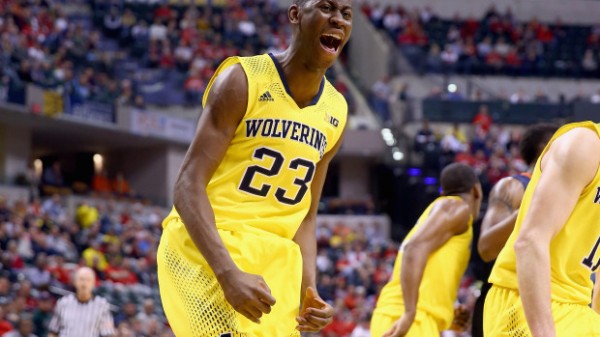Evaluating Ohio State’s Draw in the South Region
Posted by Alex Moscoso (@AlexPMoscoso) on March 20th, 2014With six teams from the Big Ten in the NCAA Tournament, Ohio State finds themselves as the lone league representative in the South Region. Recently, the Buckeyes have flourished in the single-elimination tournament platform. In the previous five seasons, they have either won, or been the runner-up in, the Big Ten Tournament and have made it to either the Elite Eight, Final Four, or Sweet Sixteen of the NCAA Tournament in each of the last four seasons. However, these are not the dominant Buckeyes we have become accustomed to. For starters, this year Ohio State lost eight games in the conference and did not make the Big Ten Tournament title game – both of which have not happened since the 2008-2009 season. Additionally, in the last four seasons Thad Matta’s squads have either been a #1 or #2 seed in the NCAA Tournament; this year they find themselves as a #6 seed, which is their lowest seeding since 2009. In short, if Aaron Craft wants to end his Buckeye career with same the level of postseason success he has always had, he’ll have a much more difficult road to get there than he has had in any season before.

Aaron Craft looks to make one more deep run in the NCAA Tournament starting with Dayton on Thursday.
In the Round of 64, Ohio State faces an intrastate match-up with Dayton. The Flyers (23-10, 10-6) squeaked into the NCAA Tournament by taking up one of the final at-large bids. They finished sixth in the Atlantic 10 conference and have wins against other tournament teams in Gonzaga, George Washington, UMass, and Saint Louis. While no flagship university enjoys facing their “little brothers” within the state in games of consequence (due to the innate no-win scenario “big brothers” find themselves in), when we compare the season performances of these two teams, the Buckeyes are clearly the more superior team. This may seem like an obvious statement when talking about a #6/#11 match-up, but according to kenpom.com and USA Today’s Sagarin ratings, the seedings underestimate the gap in performance between Ohio State and Dayton. If we take the Selection Committee seeding at face value (I know, I know. Just play along.), then a #6 seed and #11 seed will have a minimum rankings gap of 17 (#24 overall vs #41) or a maximum of 23 (#21 overall vs #44). But according to the two KenPom and Sagarin, the actual rankings gap between the two teams are 34 (#19 overall vs #53) and 44 (#14 overall vs #58), respectively.




















































